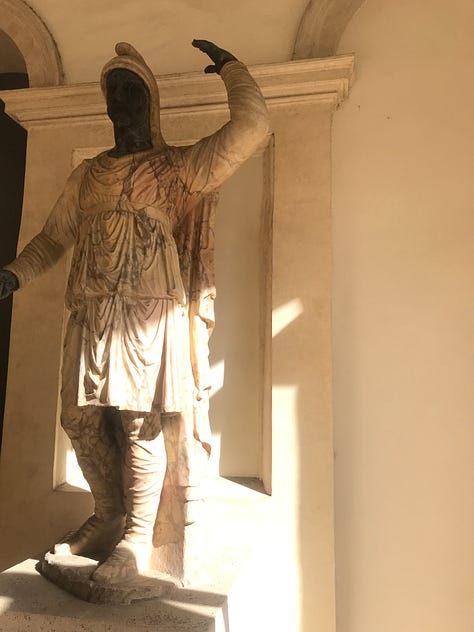
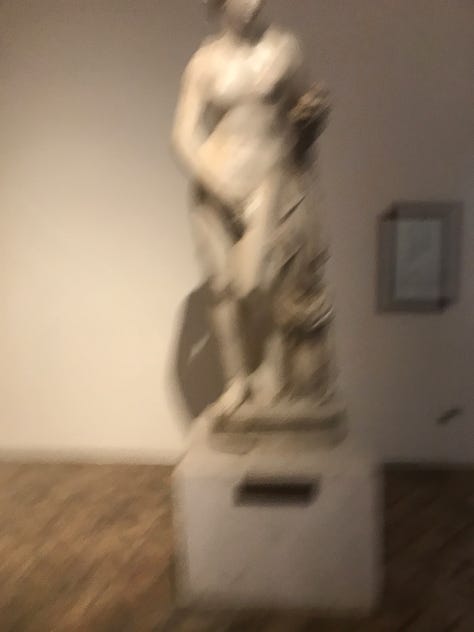
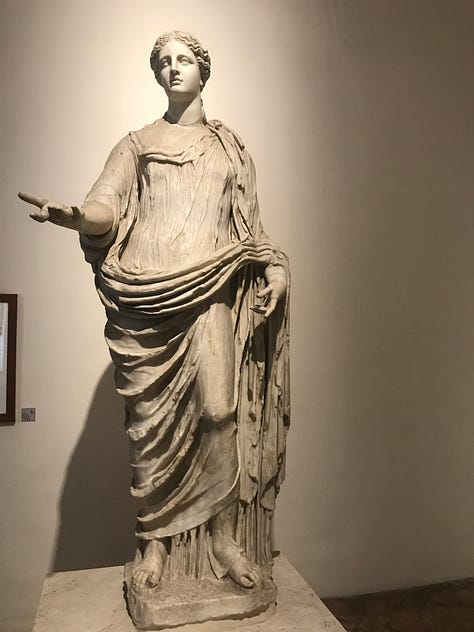
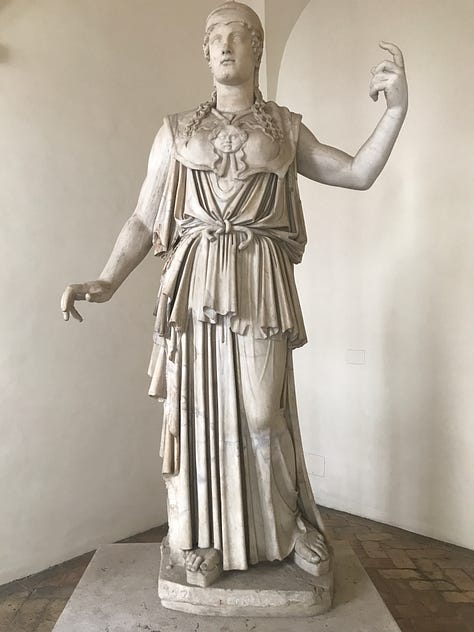
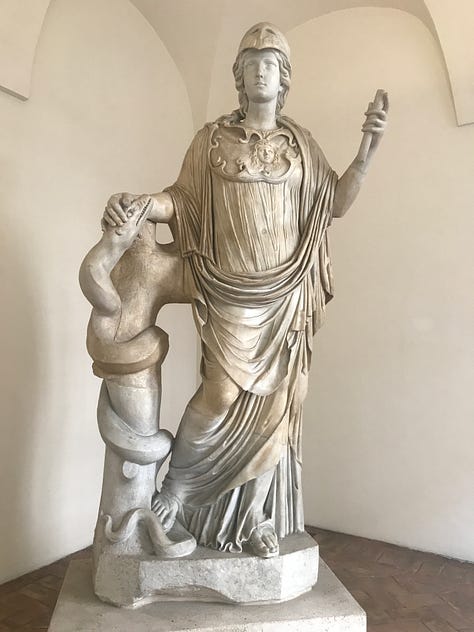
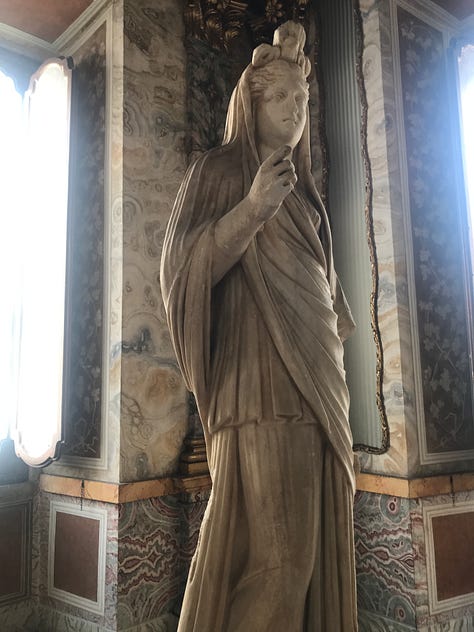

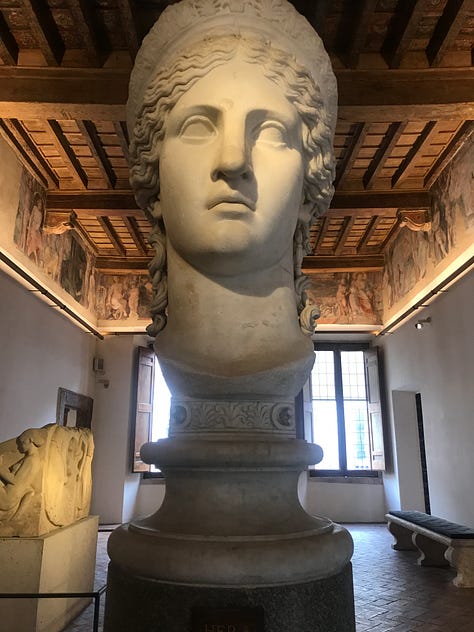
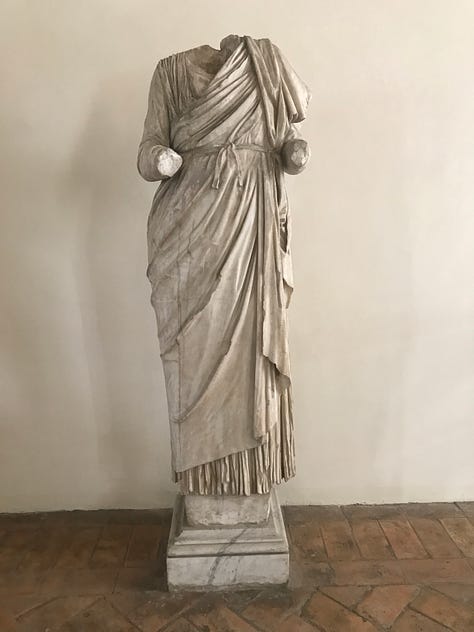
It’s time for Roma III, having been in the underworld with a bout of accidia for quite some time. You might want to read Roma I and Roma II first but it’s not the end of the world if you don’t. Although you might enjoy them if you do. Consider that all my work is free, and so you might like to buy me a coffee to support my work.
Since I was in Rome in the spring, this has haunted me– decapitations, de-nasalations (the chopping off of noses) the chopping off hands, the burning of Libraries and Temples and anything contrary to Christian worship in Rome and well beyond it. Post-Constantine, Christianised Rome dealt with ‘Pagans’ and ‘Idol Worshippers’ in such a manner. Constantine had had his vision of a flying flaming cross beneath the sun. ‘Conquer by this’ read the message beneath his vision. Indeed he would. Quickly on the heels of that vision in 312 AD and his infamous conversion that changed geo-politics in the 4th Century, and with the Edict of Milanhe mandating that ‘persecuting Christians must be a thing of the past and that every man may have complete toleration in the practice of whatever worship he has chosen.’ The latter did not come to pass. Ever. The former probably didn’t either, in all totality. They said that the people danced and sang in the streets with the Edict of Milan– but they didn’t. Well, the Christians did but nobody else did.
Constantine was eyed with suspicion by many Romans. He had, after all boiled his wife to death in a bath before the vision of the cross. No purefication could cleanse the violence of Constantine, they said, although Zosimus claimed he was cleansed totally on conversion. Another non Christian historian had written that he was of ‘evil disposition and vicious inclinations.’ Not quite Nero but…
If we go back a few centuries in Rome, Nero does appear to have been even worse. His mother Agrippina murdered her third husband in 54 AD (Emperor Claudius) by poisoning him with his favourite mushrooms.
Nero liked to seduce boys and married women, rape virgins- he even mock-married a castrated boy and committed incest with his own murderous mother. Never mind though, he had her murdered. His biographer Septonius wrote about him being dressed in wild animal skins, he attacked the genitals of his captives. Nero ruled over a million citizens on the seven hills of Rome– a city of incredible grandeur and great design, whose sewer tunnels were so vast that a man could ride a fully laden chariot through them. Yet, most Romans had no access to latrines, and the streets of Rome were defecated upon. Sometimes with chamber pots– and sometimes not. Wealthy Romans lived in grand villas but most lived in filthy, cramped apartment blocks (does that remind you of anything?), seven stories high, jerry-built, constantly falling down. Housing agents never bothered repairing vast cracks in the buildings, knowing that they would inevitably fall into rubble. There was no glass in the windows so the noise was incessant and the city of Rome was filled with Insomniacs.
Fire broke out on 18th July, 64AD at Circus Maximus. The wooden shuttered shops there were the first to go on blazing fire, then it spread to the the hills. By night you could hear the sound of wailing women and children in flight. If you turned around to face this blazing fire, your face got burned.
Rome burned for a week, taking three quarters of its buildings and leaving thousands homeless. Nero’s remedy seems like the remedy of many contemporary governments ( including our own). He spent the whole week watching the fire from a tower– marvelling at the ‘beauty of the flames’, got into costume and sang his own song, ‘the Sack of Ilium’ about another burning city. He was famous for his love of the arts– especially music, poetry, and drama. That did not make him a great statesman. His response to the fire was to build his Golden House- a palatial phoenix that emerged from the ashes. He had a lovely bath house in it, glittering with gold, jewels and mother of pearl. Pipes rained perfume, animals roamed around in a perfect idyll. Half of Rome was homeless.
Nero decided somebody had to be blamed for the fire- the followers of a strange new cult, who followed a chap called ‘Christus’ who were ‘hated for their perversions’ according to Tacitus, who saw their creed as ‘pernicious’. Nero did not condemn the sect for arson but for ‘hatred of humankind.’ They were sentenced to death, torn to pieces by wild dogs and nailed to crosses. And so began the persecution of the Christians.

They say that thousands upon thousands of Christians martyred themselves joyfully for their faith. Eusebius wrote that they would jump onto the platform in front of the judge proclaiming their faith, paying no heed to torture. They enjoyed it, it was said. ‘we become more numerous every time we are hewn down by you,’ said the apologist Terullian.
“And so Nero passed, as a whirlwind, as a storm, as a fire, as war or death passes; but the basilica of Peter rules till now, from the Vatican heights, the city, and the world.”
– Henryk Szynkiewicz, Quo Vadis
The infamous martyr tales tell of just that- martyrdom. ‘Marydrom is the only way a man can become famous witout ability’ –George Bernard Shaw. It may seem cynical, but it could be true. One Christian said, (Just before being martyred), “the greater the pain, the greater the gain” (The Darkening Age, Karen Nixon). Female martyrs were frequently murdered naked to enraptured audiences. Mothers watched their children martyred, and when even the court stenographers wept– the mothers were joyful and proud, knowing that the child was going to heaven and that he was dying for God. And this strikes me as oddly similar to the very thing that Christians condemnded the pagans for– sacrifice. This was the ultimate sacrfice– one’s own body, on the altar of God. As was Jesus Christ’s.
Emperor Trajan sent Pliny to be the governor of Turkey in the Province of Bithyinia on August 11th, 111AD. The letters between them are detailed and practical, with no incitements to violence towards Christians. Trajan states to Pliny: ‘Let us not forget that the chief reason for sending you to your provice is the evident need for reform.’ Later martyr tales condemn Trajan as a villain who ‘feeds on innocent blood hungering for the bodies of the godly, tears their flesh.’ (The Darkening Age, Nixon, p. 73) Trajan is Satan himself and yet his letters reveal a puncitilous, practical man, nothing like Nero nor indeed Constantine.

Pliny mentions in one of his letters a plumbing problem in a local city called Amastris… ‘ a filthy sewer gives off a noxious stench.’ Most of the letters between him and Trajan are of a practical nature, but in Letter 10.96 he writes about the ‘wretched cult’ of Christiantiy that was spreading around the towns and villages, affecting the worship of the old gods in towns…causing the temples to be deserted. Pliny’s issue was not that Dionysus nor other gods were being abandoned (he wasn’t that religious) – but that the citizens in question were affecting local economies– with butcher’s meat sales plummeting since nobody wanted to sacrifice meat to the Gods anymore. But there is no mention of hunting and persecuting Christians as such. Pliny had a job to do as governor, he had to keep law and order. Christianity was largely tolerated in the Roman Empire, and many Roman officials actually supported some of the most reknowned Christians. Indeed the real persecution of Christian Armenians in Turkey would be executed hundreds of years in the future (see Morris-Zeevi, The Thirty-Year Genocide: Turkey’s Destruction of Its Christian Minorities 1894-1924) long after the fall of the Roman Empire.)
Pliny wrote to Trajan in Letter 10.96– ‘I do not know the nature of the punishments usually meted out to '[the Christians] nor the grounds for starting an investigation…’ If Pliny didn’t know such a thing, he could not have been brutally murdering Christians and yet that does not mean he did not punish them as it is recorded that he had at least two Christian women tortured. But he’s not a ranting, raving tyrant. He tells Trajan there are men, women of every age and class in trial. And he does not know what to do with them.
In 311 AD when St Antony heard about a persecution in Alexandria, he rushed from his desert hermitage to the city, dressed in white ‘ to catch the judge’s attention… for Anthony was burning with desire for martyrdom.’ But the judge never noticed him and so he went home disappointed because he had wanted to suffer in the name of God. In 4th C North Africa locals watched ‘deranged men… who love the name martyr because they desire human praise than then divine charity, they kill themselves.” The fanatical followers of a bishop barricaded themselves into a basilica and threatened to commit mass suicide by setting themselves on fire. Augustine himself was outraged. The circumcellions claimed suicide as a high calling but he saw it as a game, a sport…a death cult.
Many Martyr tales tell of Roman officials trying to force Christians to sacrifice to the Roman gods' ‘at the altars of devils’. But the reality was that Roman officials were baffled by this death cult. A prefect called Maximus said to a Christian, ‘you shall recieve a generous bonus if you will take my advice and sacrifice to the gods.’ This is not a violent threat. Many Roman officials did realise that Christians found meat- sacrficing rituals vile and so some officals suggested (like the martyr Eulalia’s judge) ‘a little of that incense would suffice, some wine, a branch and say Zeus all highest, protect this people.’ (The Darkening Age, Nixon p. 82).
In 303 AD Emperor Diocletioan allowed some leg-room in the business of punishing Christians. Clergy who agreed to sacrifice to the gods, were released. But many would respond with the likes of “the death which is coming to me is more pleasant than the life which you would give me-” The prefect ‘tyrant” tells him to cheer up. Eulalia (c. 289 - 303, co- patron saint of Barcelona) was a 13-year-old Roman Christian virgin martyred during the Diocletian persecutions of Christians. When offered a compromise, she spat in her judge’s eye. Maximus’s offer of money was repelled as ‘the money of Satan’. Pliny concluded that Christianty was ‘a degenerate cult carried to extravagant lengths.’
The One God and the Many
And here is a most interesting point- that Romans could not understand why they could not add the Christian God to their pantheon. Indeed, this is what has happened in Hinduism, in which Christ and the Buddha are in the Hindu pantheon as incarnations of Vishnu. Who’s to say they are not? Vishnu wasn’t a bad chap. God.
Romans loved beauty. We can see it to this very day in the city of Rome, with its splendour of churches, temples (such as the Pantheon, there since the time of Emperor Lucius Septimus Severus, 127 AD– a perfect sphere with a diameter of 142 ft in the rotunda) You can see it everywhere in Rome. Beauty.
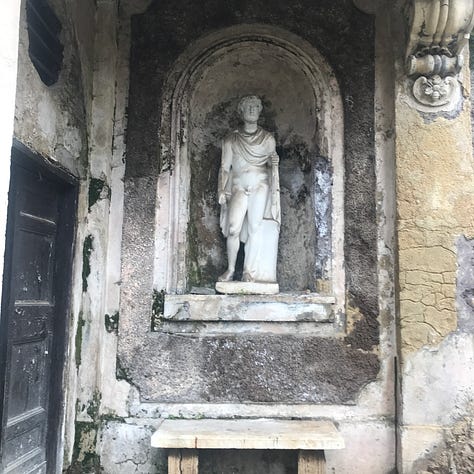
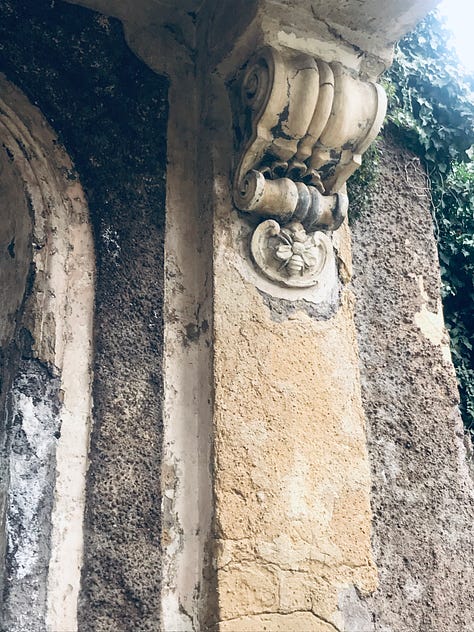

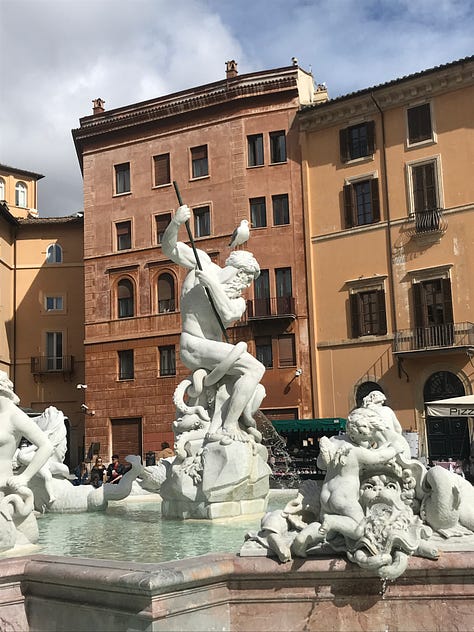
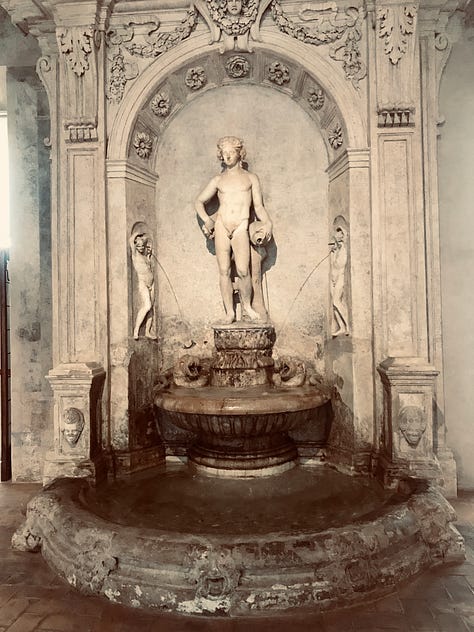




And it may surprise you that in Roman eyes, Egypt was seen as more splendid. Egyptian artefacts are scattered all over Rome’s museums. Isis had been worshipped all over Italy, since the early Republican period (261-30 BCE). The cult of Isis came to Rome around 30s or 40s BCE. There were many private temples to her. In Rome’s Capitoline Museum, there are two large pillars of a sphinx and a Thoth baboon, a crocodile from the Temple of Isis in the Campus Martius. Isis was an Egyptian goddess with strong ties to kingship, rites of the dead, mourning, healing, and motherhood.
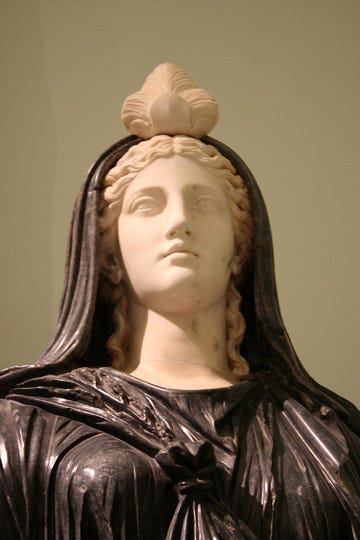
But the point is that the Romans loved Egypt– there was a fascination with it, an ‘Egyptomania’ – there are collections of Egyptian art and artefacts in the Vatican, there are obelisks, ( tekhenu to ancient Egyptians) dotted around Rome– a four-sided square base that tapered into an isosceles pyramidion at the top. These were funerary monuments that attracted the reviving rays of the sun– allowing the resurrection of the deceased.
Just behind the Protestant Cemetery in Rome lies the Pyramid of Cestius, built between 18 BCE and 12 BCE.
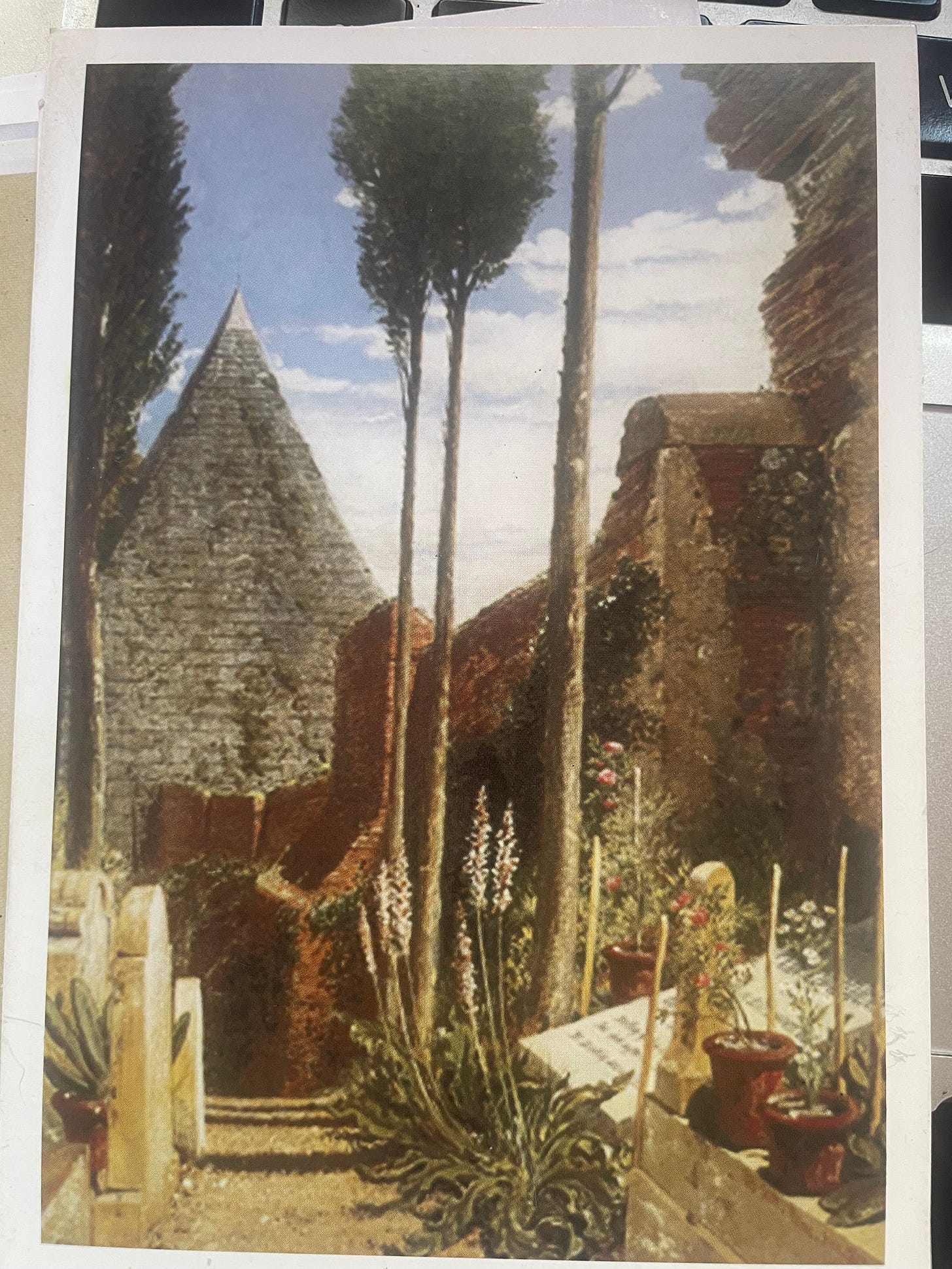
“It might make one in love with death, to think that one shoudl be buried in so sweet a place.” – P.B. Shelley, Preface to Adonais, 1821
The Temple of Serapis in Alexandria, Egypt was the most revered by Romans. Emperor Septimius Severo (3rd C AD) had his bust carved in the manner of Serapis- the Alexandrian God– a symbol of Salvation.
‘Its splendour is such that mere words can only do it an injustice’ wrote historian Ammianus Marchellinus. No other temple was as beautiful, in Roman eyes. Once Christianity was established after Constantine’s conversion after the vision of the flying cross of fire, all hell broke loose. By 326 Constantine had authorised the confiscation and destruction of anything that challenged orthodoxy (established the previous year) All non-Christian places of worship as well as works by pagan authors. Serapis would have to go.
Christian Vandalism. Paganism was persecuted late in Emperor Constantine's reign, with his orders for the pillaging & tearing down of pagan temples. Christian crosses were carved into the nose, chin and foreheads of statues of pagan Gods. — Ewan Morrison
The destruction of Serapis temple
Serapis Temple towered over Alexandria, glittering over the seas at the summit of a hundred marble steps, with white marble streets beneath it cooled by the sea breeze. It was vast and elegant, compared to the Christians’ dark, cramped churches. The inner sanctum of the Temple was dedicated to the god Serapis, who was like Jupiter himself. He was a divine diplomat who brought peace between the famously argumentative Alexandrians. He was made of ivory, his limbs drabed in golden robes. Julius Caesar had been so impressed by this city, he rushed home to do refurbishments on Rome.
To the Christians, Serapis was a demon. The Bishop of Alexandria, Theophilus, said ‘the cross is that which closed the temples of the idols.. it has confounded the demons and made them flee in terror.’ In early 392 AD, a mob of Christians gathered outside Serapis Temple, Theophilius leading them up its marble steps. They stormed the temple, tearing down the statues, ripping off the gold plated walls. They hesitated at Serapis, having heard the sky would fall if they pulled him down but a soldier axed the god’s face with a double headed axe. Serapis’ head shattered into pieces. He was burned to ashes before the eyes of Alexandria. In the temple were some 40,000 scrolls from the Library of Alexandria– also destroyed, signalling the advent of the Christian habit of book burning. The statue of Serapis was burned to ashes after his feet and hands were chopped off with axes and dragged apart by ropes. This act of violence was not done out of anything other than greed and jealousy. There was nothing holy in it. The whole building was dismantled, left in ruins as philosphers and poets fled the city. One Greek professor wrote ‘the dead used to leave the city alive behing them, but we living now carr ythe city to her grave.’
The weakness of paganism as a religion is manifest… it was bound in the end to give way to a higher creed. – Gilbert Grindle, The Destruction of Paganism in the Roman Empire, 1892
The Murder of Hypatea
A church that housed the relics of St. John the Baptist was built on the ruins. Cyril, nephew of Bishop Theophulis, became Bishop of Alexandria in 415AD, carrying the torch of violence in his persecution of Alexandrian Jews. Hypatia, the greatest astronomer and mathemetician of her time was accused of sectarianism under Cyril. She opposed Christian violence– Bishops like Cyril, and lynch mobs. She, of the astrolabe, a genius in mathetmatics, was accused of casting spells and satanic wiles. She was pulled from her chariot by ‘believers in God’ on the way through the city in March 415AD, and flayed with shards of pottery, her eyes gouged out. I won’t go on.
I do not mean to offend any Christians with these insights. But they are documented truths, if only by historians and commentators who viewed the acts as symbolic of a victorious God. To me, it doesn’t matter the clothing- Christian, Messianic– or any other in today’s world and across history. It is the violence of the mob over a smaller, different minded group. It is happening under our very noses (un-broken?) today. This is what cancel-culture is borne of. It is inexcusable. One ideology battering those who do not tow the line, into silence and submission. With NO debate, and NO diplomacy. It has never worked. It is bred of a depth of ignorance I cannot fathom.
On the fall of Rome, watch this interesting take by Uberboyo and this https://substack.com/home/post/p-167620044.



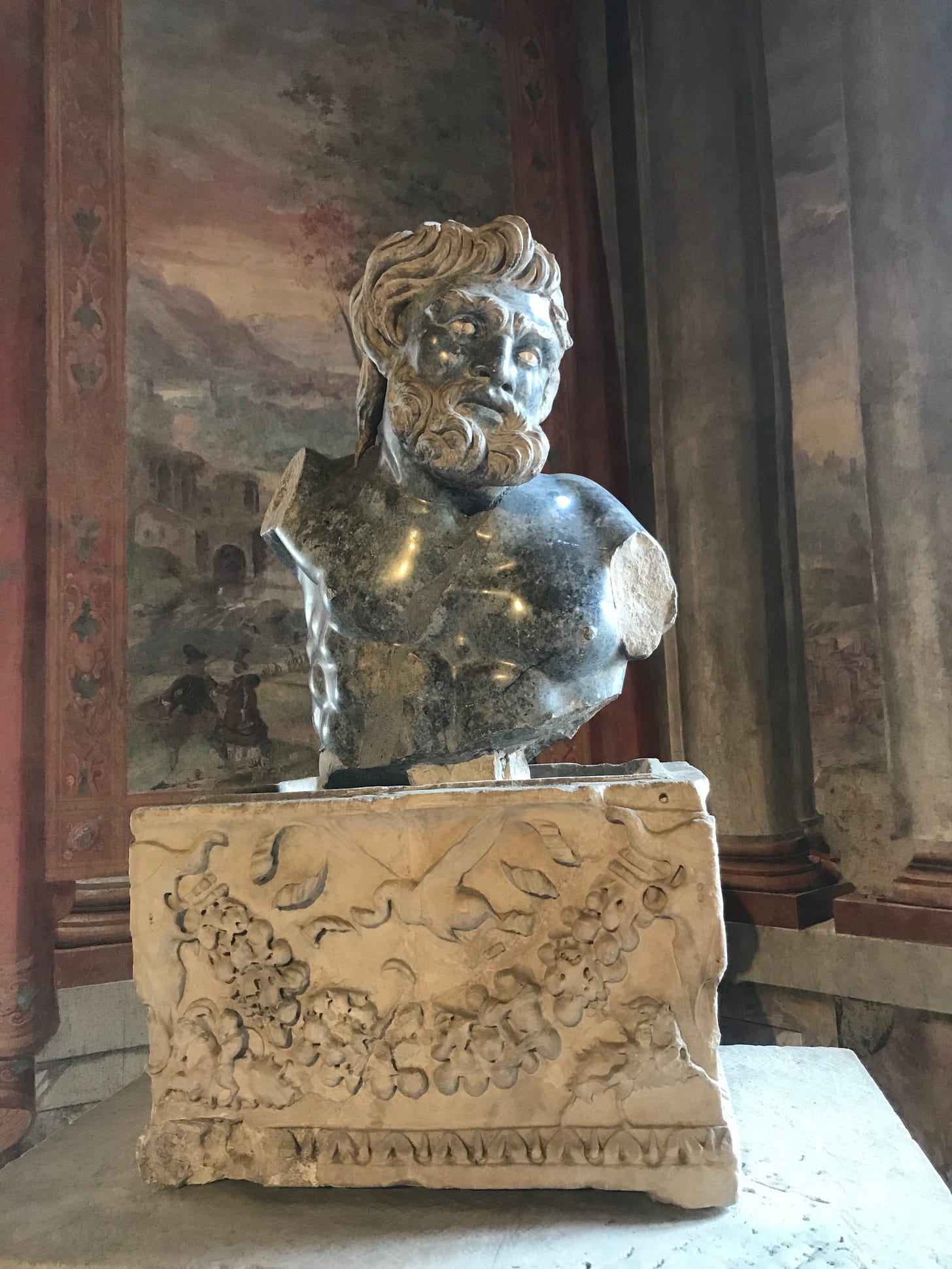
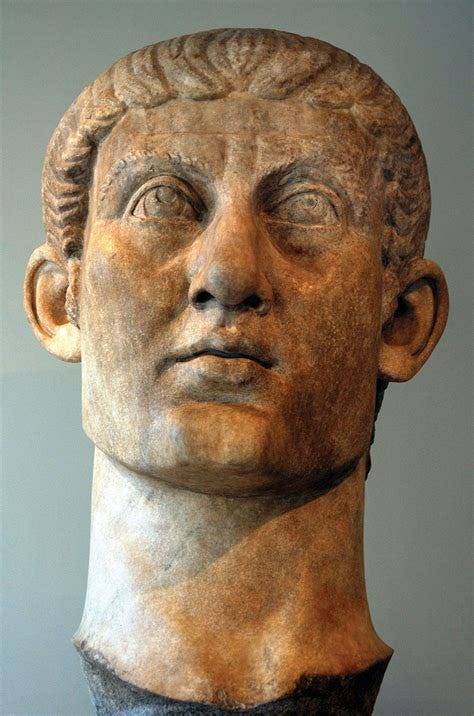
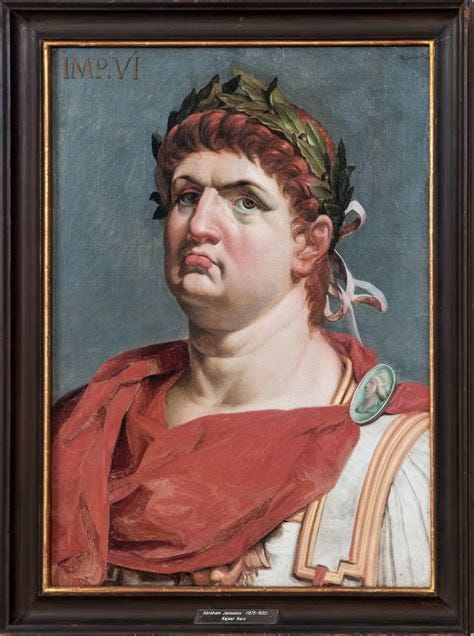


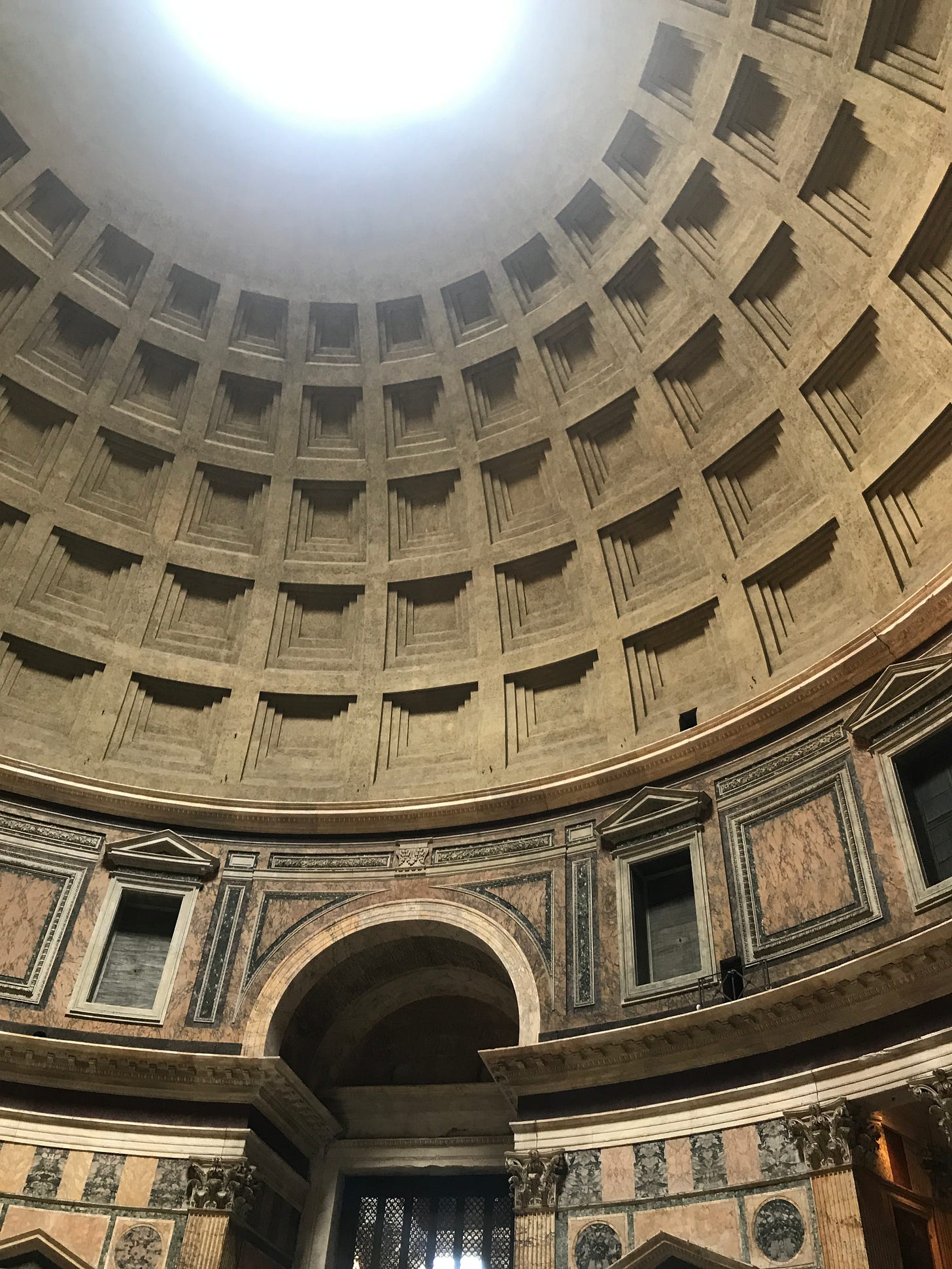
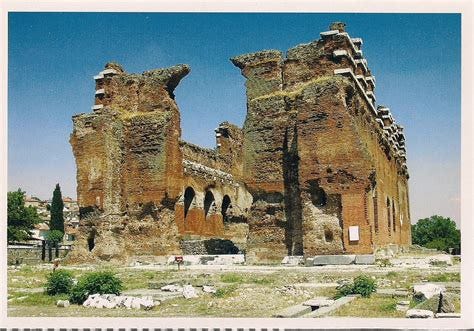
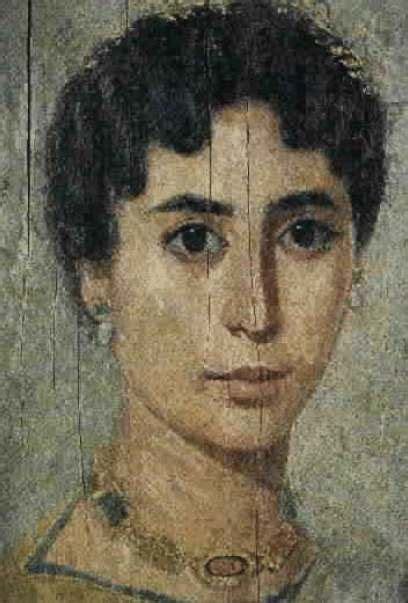

"Every time I think of Babylon my blood runs cold"
-Peter Tosh
I cannot help but wonder at the history of mankind, at the forces that rule the human psyche, and the spiritual paucity that always seems to accompany the seeking of power and advantage.
A sobering essay, one which should open for us all a host of questions, with a willingness, even a need to face the harsh answers.
On a personal note, I found the savage attack on the sculptures of Dionysus particularly striking, as the story of the God provides so much of a basis for the canonical Jesus. Must we always seek to destroy what we refuse to face?
Amazing. History repeats itself. Thanks Siofra.